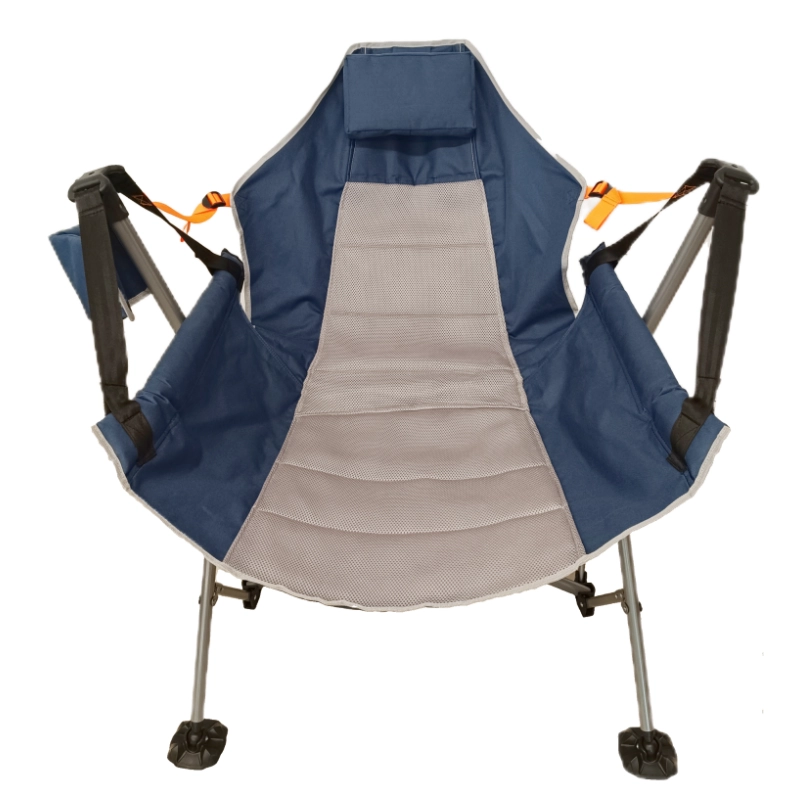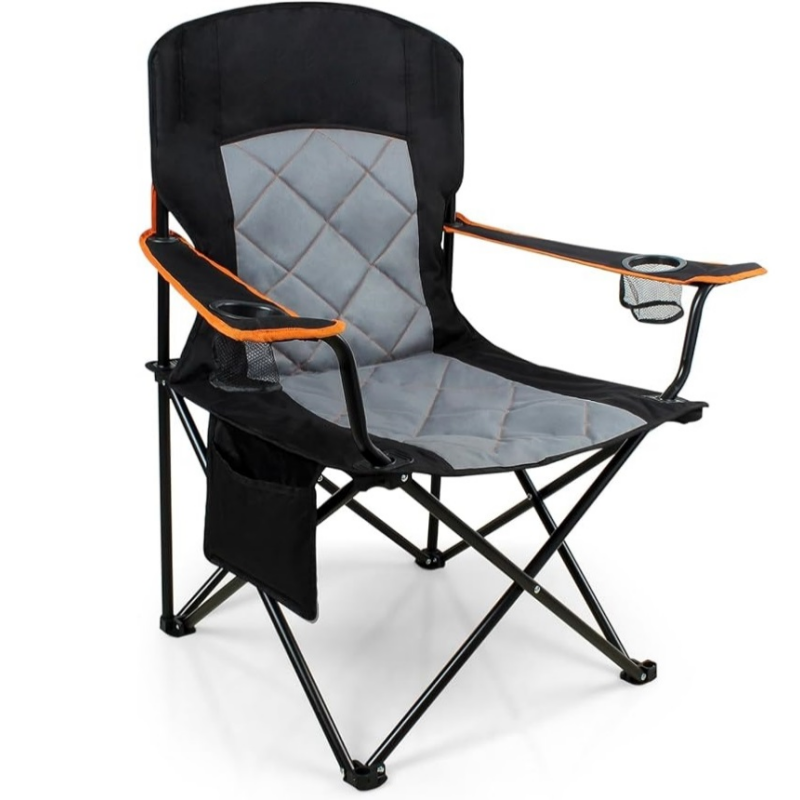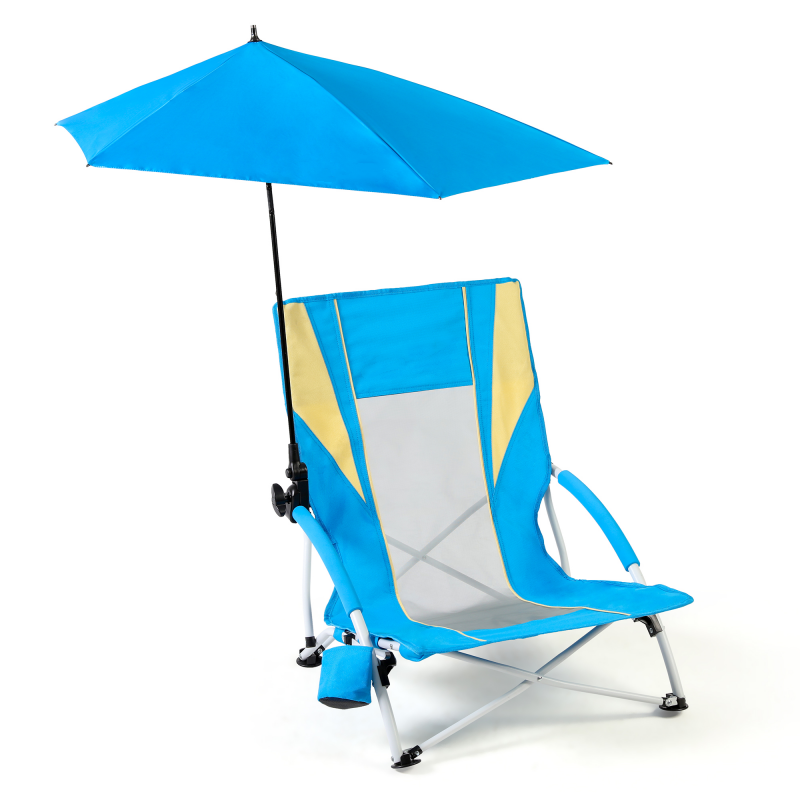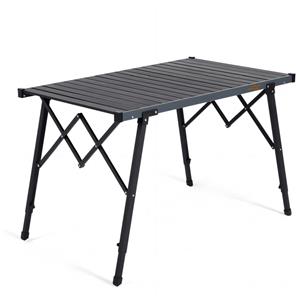Camping Chair Materials: Aluminum vs. Steel vs. Plastic
When selecting the perfect camping chair, the choice of material plays a crucial role in determining durability, weight and overall performance. Whether a business sourcing outdoor furniture or an individual camper, understanding the differences between aluminum, steel and plastic camping chairs helps you make an informed decision. In this article, we compare these three materials and explore how different camping chair manufacturers utilize them in production.
1. Aluminum Camping Chairs: Lightweight and Rust-Resistant
Aluminum camping chairs are a popular choice due to their lightweight and rust-resistant properties. These chairs are particularly suitable for beach trips, hiking expeditions and outdoor adventures where portability is a priority.
Advantages:
Lightweight: Aluminum is much lighter than steel, making it ideal for easy transportation.
Corrosion-resistant: Unlike steel, aluminum does not rust, ensuring long-term durability in humid or coastal environments.
Modern design: Many custom camping chairs use aluminum frames to achieve sleek, contemporary designs.
Disadvantages:
Less sturdy than steel: While aluminum is strong, it is not as tough as steel and may bend under excessive weight.
Higher cost: Aluminum chairs tend to be more expensive due to their advanced material properties.
2. Steel Camping Chairs: Strength and Stability
Steel camping chairs are known for their high strength and stability, making them an excellent choice for heavy-duty use. Many camping chair manufacturers use steel frames in their commercial-grade products.
Advantages:
Superior strength: Steel frames provide excellent stability and can support heavier weights.
Cost-effective: Compared to aluminum, steel is generally more affordable, making it a budget-friendly choice.
Versatile applications: Steel chairs are commonly used in camping sites, outdoor events and leisure facilities.
Disadvantages:
Heavier than aluminum: The extra weight can make transportation and portability more challenging.
Prone to rust: Unless powder-coated or galvanized, steel frames can corrode over time when exposed to moisture.
3. Plastic Camping Chairs: Affordable and Weather-Resistant
Plastic camping chairs are widely used for casual outdoor settings, particularly in budget-friendly applications. Some custom camping chairs incorporate plastic components for added convenience.
Advantages:
Highly affordable: Plastic chairs are the most budget-friendly option, making them accessible for large-scale procurement.
Weather-resistant: Plastic does not rust and can withstand rain and moisture effectively.
Lightweight: Even lighter than aluminum, plastic chairs are easy to carry and store.
Disadvantages:
Lower durability: Plastic is less robust than aluminum and steel, making it prone to cracking under heavy weight.
Less professional appearance: Compared to metal options, plastic camping chairs may not offer the same premium aesthetic.
Choosing the Right Material for Your Business
If you are a camping chair distributor, selecting the right material depends on your target market:
For lightweight, premium options: Aluminum is ideal for high-end outdoor brands and retailers.
For heavy-duty commercial use: Steel provides durability for large-scale hospitality and event businesses.
For budget-conscious consumers: Plastic camping chairs cater to mass-market sales and temporary outdoor setups.
Choosing the best camping chair material requires careful consideration of factors like weight, durability, and budget. Camping chair manufacturers offer a variety of materials to suit different needs, from custom camping chairs designed for high-end buyers to cost-effective solutions for large-scale orders. Whether you prioritize strength, portability, or price, understanding the material differences will help you find the perfect camping chair for your business or personal use.





